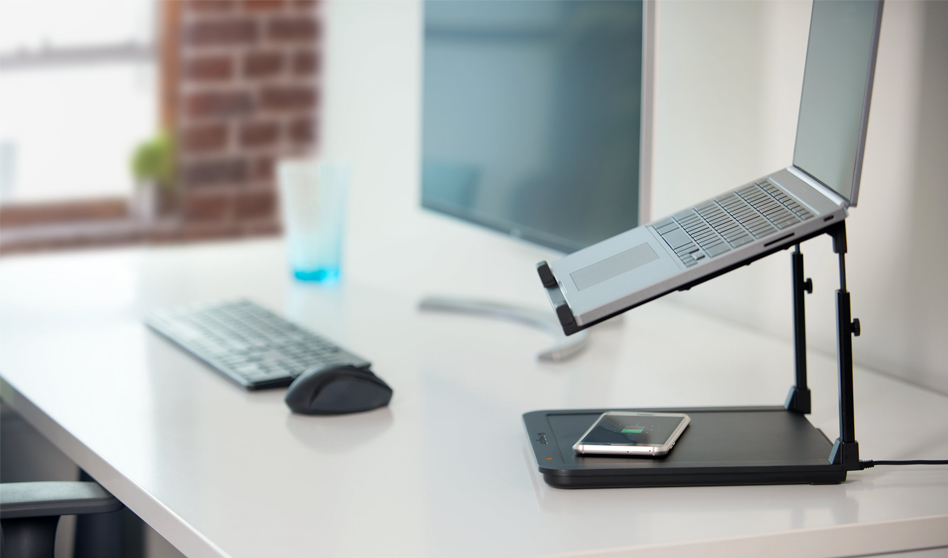Table of Content
In most cases, patients are still considered homebound even if they leave the home as needed for medical treatments that cannot be provided in-home. Brief and occasional non-medical absences may also be allowed, such as going to church, the beauty shop, or special family events. Additionally, the AARP found that one in five caregivers reported financial strain due to care giving. That’s why the introduction of formal family care giving was incredibly important. Home Care Powered by AUAF offers a competitive hourly rate of $16 an hour to our caregivers.

Plants can reduce stress levels, improve air quality, and help boost productivity. Plants are a quick way to add a welcoming touch to any space—they bring color and life into the room. Many lovely houseplants are available, and you can select varieties that thrive with very little care, such as a ZZ plant or pothos. When choosing a hospital bed for the home it’s important to consider why it’s needed and what will work best for the person who needs it. Hospital beds are adjustable and have special features to help take care of the individual. Even with the presence of medical devices, a home should feel comfortable—it’s not a hospital, after all.
What is a care agency?
Medicare typically covers skilled nursing care and rehabilitative services, which may include physical therapy, occupational therapy, and speech therapy. Depending on your needs, additional services like medical social services, durable medical equipment, medical supplies, and other in-home services may also be covered. While home health aides and personal care aides provide services to the same type of patient, a personal care aide's duties are typically limited to non-medical services. This may include dressing, bathing, cooking, cleaning, running errands, doing laundry, and providing companionship for their clients. Home health aides play an important role in the continuity of care, coordinating among caregivers and medical professionals, and tracking the condition and progress of their clients.

This represents both the pros and the cons of wading into these waters. With a low barrier to entry and a growing demand, it is an appealing business for eager entrepreneurs. But because of this, there is often tough regional competition which will need to be planned for if a new venture is going to be successful. When setting up any medical device, make sure you can access it quickly should something happen. Unfortunately, there isn’t much you can do to make these devices more aesthetically pleasing other than pull focus away from the machine with room decor that expresses the individual’s personality.
Step 3: Staffing and management structure
Operational plan – Provide information on the facilities and staff, along with the supplies you'll require. The home healthcare sector is one of the fastest-growing healthcare industries in the United States. You deserve home healthcare technology that motivates your team and helps you grow. It’s also the manager’s job to make sure that all care recipients have the right level of care in place, and just as important is to stay on top of regulations. Personal Care Assistance, including help with bathing, dressing, toileting and other personal hygiene tasks. Health organizations and insurers experiment with ways to better the system by paying for the value of care rather than each service and procedure.

To complete the process of Medicare accreditation, you must complete a three-day Medicare survey which is an audit of your business’s operations and patient clinical records. Carol Byrne cautions prospective business owners about the length this part of the journey can take. Adding this element to a home health care room can really minimize the similarities between home and hospital. Open the blinds or drapes as much as possible to let the sun’s vitamin D come in through the window. Sunlight is also a natural mood booster, which is always beneficial when someone isn’t feeling well.
Promote Safety
This is typically done by a local governmental agency such as a state Department of Aging. Someone will come to your aging parent’s home to interview them and look at their living situation in order to determine what their elderly care needs are, and what services they are eligible for. They may ask questions about your aging loved ones’ finances, as these programs are means tested and funded by the state. While private services do pay more, when you’re starting out, you might find you get better response through your local councils.

The ease of receiving the same primary care services provided in a doctor's office from the comfort of home. If you have Original Medicare, you may be able to receive home health care at no cost (though you might pay up to 20% of the Medicare-approved cost for durable medical equipment). If you have a Medicare Advantage Plan, you may qualify for additional coverage. When it comes to administering home health care, there are two types of skilled professionals who deliver care – nurses and physical therapists. Home health care is designed to help the patient rest, recover, and receive treatment in the comfort of their own home or residence.
Visits are typically scheduled on weekdays, though the physician may be available by phone on weekends or after hours. A house call doctor, or house call physician, is simply a doctor who performs medical visits in the patient's place of residence. House call doctors may be employed by an agency, or they may have their own practice. A medical house call is a medical visit performed by a physician in the patient's place of residence. These visits are typically administered to homebound adults who otherwise have limited or no access to regular medical care.
The most common approach is to specialize with one or two in-house professionals and contract out the other fields on an as-needed basis. A doctor will help select which oxygen device will work best for each individual. When setting up a home health care room, it’s important that everyone in the house knows where the oxygen is located, and it can be accessed easily.
Previously, this equipment was only accessible in a hospital or clinic. The convenience of home health care is for the patient, not the caregiver. “This industry draws people who are driven by compassion and desire to care for their fellow man. It’s a great industry and there is money to be made but you need that drive to help people. If you don’t have that compassion, this is not the business for you,” she says.
The trend toward home health care is just as strong across the northern border. The Canadian Nurses Association predicts that two-thirds of nurses in Canada will be working in the community by 2020, compared to 30 percent in 2006. Dominated the home health care global marketplace due mainly to a more sophisticated health care infrastructure and more resources committed to research and development.
You’ll want to make sure you have a solid financial plan and robust funding to get your business off the ground. Most of whom are elderly and many chronically ill, disabled, bedridden, or struggling with Alzheimer’s disease and other cognitive issues. This short article takes a deeper look at what daily care notes are, some tips on how to write them with ease and some examples of what good and bad care notes may look like.

No comments:
Post a Comment